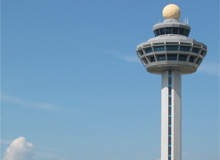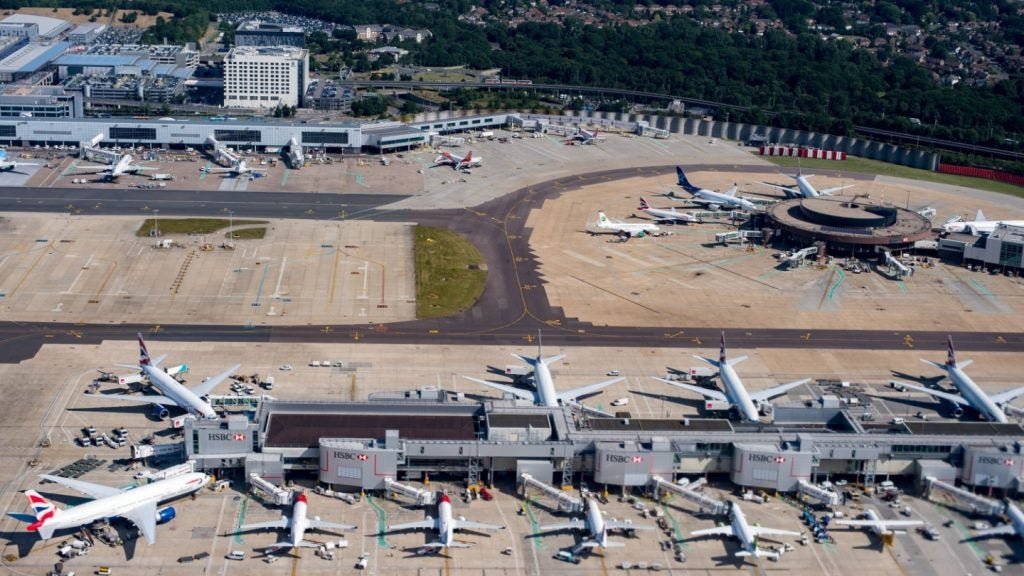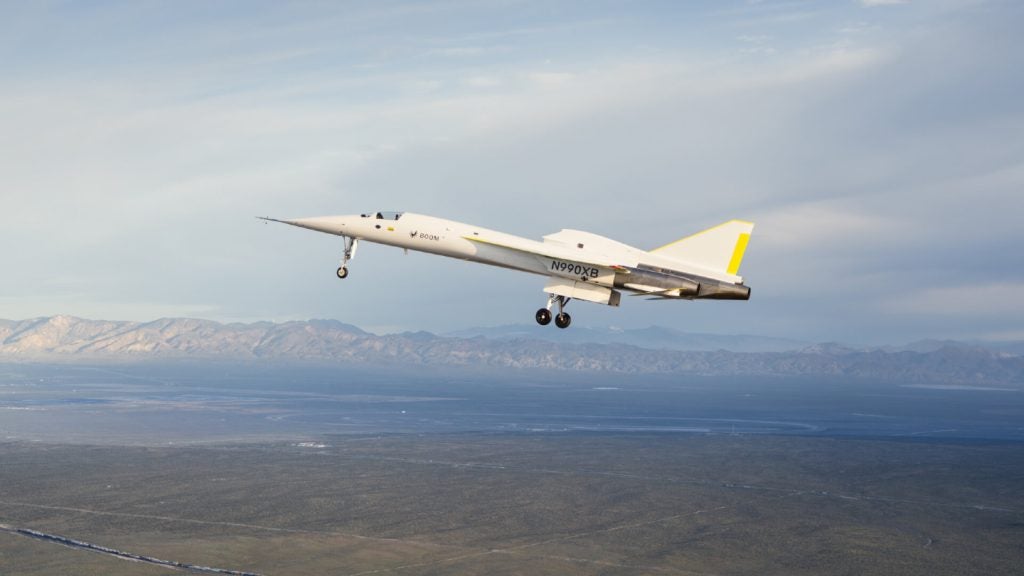
The 1999 Hollywood film Pushing Tin tapped into a popular stereotype; that air traffic controllers are overworked and underpaid and that every time we fly we put our lives in the hands of these unhinged souls in control of outdated analogue
systems such as slips of metal on a rack beside a radar screen.
In truth, air traffic control and air traffic management systems are enjoying an ongoing renaissance, with both the technology and the data it houses playing a bigger part in aviation.
At the onset of the industrial computer age of the early 1980s the common method of managing flight data was to use a redundant mirror system. If one dataset or hardware array failed, the reserve system was used until the primary system could be taken
offline, repaired and connected to the infrastructure again.
FAULT TOLERANCE
Since the 1990s, most systems are what’s called fault tolerant. Backed up by uninterruptible power supplies (UPSs) and the emergency backup generations many airports rely on in case of a failure on the local grid, fault-tolerant systems dispense with
the need for a redundant mirror system and boast impressive operational numbers.
See Also:
Provider Bytron reports on a particular user of their Tandem Non-Stop UX platform experiencing two hours of downtime in ten years of use.
How well do you really know your competitors?
Access the most comprehensive Company Profiles on the market, powered by GlobalData. Save hours of research. Gain competitive edge.

Thank you!
Your download email will arrive shortly
Not ready to buy yet? Download a free sample
We are confident about the unique quality of our Company Profiles. However, we want you to make the most beneficial decision for your business, so we offer a free sample that you can download by submitting the below form
By GlobalDataFault tolerance – also called graceful degradation – is as the name suggests. It’s a characteristic that enables a computer, electrical or mechanical system to continue operating at maximum capacity even when something goes wrong.
A good common example is the current Apple Macintosh operating system. Previously an application crash would often cause the entire system to freeze and require a forced reboot. When an application on a current-model Mac crashes, the system isolates
the application from the system and every other component can still run as normal.
The principles of fault tolerance have made a large impact in life-critical system such as automated transport and air traffic control.
WHOLE OF SERVICE
As in every industry, the internet has transformed the flight data function. The impacts on flight data are innumerable. Weather conditions, passenger or cargo numbers (data-based manifests), the scene at the flight destination – both
environmental and workload, fuel and maintenance status is just the beginning.
An incredible amount of real-time data can be streamed directly into the servers of a flight data centre to give crew on the ground and in the air continued updates that affect flight times and minimise delays.
The challenge is to compile, analyse and contextualise the results from all that data to make the task of air traffic and airport control management easier, and that challenge is ongoing.
Bytron is an example of a full service aviation solution provider, bringing a range of software, hardware and methodologies together to run an entire flight control and data environment. Their services include:
- Skybook, a pre-flight information ‘template’ that enables flight notices, rosters and navigation plans
- Linux-based Oracle RDBMS (relational database management systems) aviation data servers
- Air traffic management software suites
- Airport resource management such as fire crews, customs, security and passenger information
- Airline operations data, including pre-flight data and plans management, briefings and even SMS text messaging of updates to crew
- Data component sourcing
- Consultancy
Another provider, Intelcan, began with customers across the UK and Canada and now has systems in place in Eastern Europe, Latin America and Asia.
According to Intelcan, as new communications, navigation and surveillance techniques are introduced into air traffic control systems, finer control over air traffic management is necessary to enhance communication not just between flights but also
between air and ground operators.
The company’s air traffic management system reports on many aspects of airspace conditions, everything from potential conflict prediction and hazardous airspace penetration warnings to billing systems.
The company has a solid track record in air traffic control thanks to experience in the military sector where air traffic behaviours such as combat and stealth are far less predictable and mean huge challenges for flight data management.
Intelcan’s systems adhere to the standards of both the North Atlantic Treaty Organisation (NATO) and the International Civil Aviation Organisation (ICAO).
THE SOFTWARE
The machinery in the box is critical. Stratus Technologies is a highly regarded name in server technology that promises the much sought after ‘five nines’ (99.999%) of uptime.
The Stratus Technologies flagship product, the fault-tolerant ftServer, combines a Microsoft Windows environment with an Intel chip to deliver several critical behaviours. One is ‘lockstep’, which replicates components to run calculations at the same
time to ensure continuous uptime. Another is ‘failsafe software’, which shields software issues form the operating system of the software.
Names like HP and Windows are behind the Stratus Technologies server and its UK channel partner Brightstrand. HP’s Integrity Nonstop Computing is a programme that ensures not just continuous uptime but robust data access of the sort emergency response
and air traffic systems require.
COSTLY MISTAKES
On the morning of 27 August 2006, a 50-seat regional jet operated by Comair on behalf of Delta Airlines was instructed to take off from runway 22 of Lexington, Kentucky’s Blue Grass airport. The crew inexplicably taxied the aircraft to runway 26, a
much shorter secondary runway.
Because the air traffic controller wasn’t required to maintain visual contact with the aircraft, nobody realised Comair 191 was on the wrong runway until it was too late. It overran the end of the tarmac and all but one of the 50 people onboard died
in the ensuing crash.
Similar accidents have happened before, one an eerie prophecy of the above incident.
A 1993 flight prepared for takeoff on the same incorrect runway at Blue Grass before tower staff realised and cancelled the aircraft’s clearance.
In October 2000, a Singapore Airlines Boeing 747-400 mistakenly took off from a runway that was closed for repairs. Colliding with maintenance equipment on the runway during takeoff, the crash killed 83 of the 179 on board.
The National Transportation Safety Board, the federal body that investigates domestic US aviation accidents, determined the Blue Grass incident was due to pilot error but also the ‘Federal Aviation Administration’s failure to require that all runway
crossings be authorised only by specific air traffic control clearances.’
In other words, the pilots misheard or misunderstood the clearance instructions, and air traffic crews should have made sure they used the proper protocols for making sure the flight was on the right runway.
With the presence of a robust flight data system, pilot or air traffic crew may still have made the mistake – human operators aren’t likely to stop making them no matter what the profession.
But with the right information about pre-flight briefings, airport and air traffic planning and accurate ground-level positioning systems, automated warnings might have alerted all concerned far earlier.
COSTS
Increasing automation isn’t cheap. The finance resources website Investopedia.com reports the average profit margin of an airline is 5%.
The global tourism market has recovered for the most part in the wake of 11 September and the US ‘war on terror’, but the emergence of low-cost carriers like Expressjet, AirTran Airways (US), EasyJet.com, SkyEurope (Europe), Tiger Air (Asia) and
Jetstar (Australia) has been a further threat to the established, full service airlines despite many of them owning their own low-cost carrier brands.
While the low-cost carriers have remained profitable throughout the last decade in the wake of impacts like terrorist attacks and SARS, the larger, traditional airlines have suffered heavy losses to market value.







